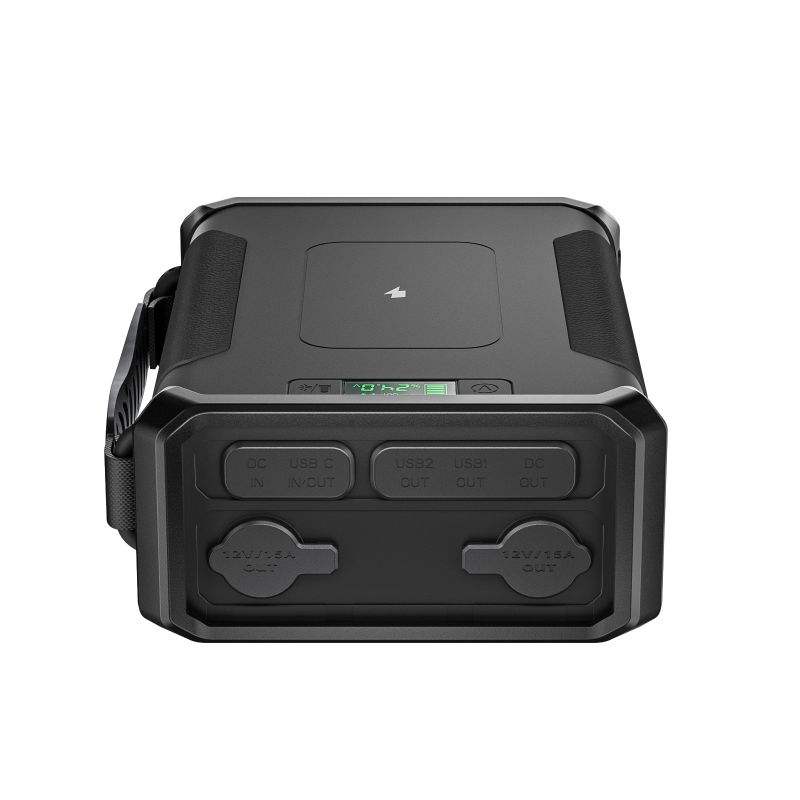Camping offers a unique escape from the hustle and bustle of everyday life, allowing you to connect with nature while enjoying outdoor adventures. However, staying connected and having access to power can often be a concern. With the increasing reliance on digital devices, a power bank becomes an essential item for camping trips. Choosing the right power bank can ensure that your electronics stay charged without interruption. This article provides valuable tips for selecting the ideal power bank for camping needs, ensuring a seamless outdoor experience.
Why You Need a Power Bank for Camping
When camping, a power bank is a vital tool for modern adventurers. It ensures your devices stay powered, even in remote areas without access to electricity. Let’s explore why having a power bank for camping is so important.
The importance of staying connected
Staying connected is essential in the great outdoors. Emergency situations can occur, making communication devices important. A charged smartphone or GPS ensures you can contact help when needed. Sharing your experiences on social media or staying updated with weather forecasts also requires power. Power banks keep these devices alive throughout your camping trip.
Common devices that require power during camping
Several devices need power during camping. Smartphones are commonly used for calls, maps, and photography. GPS devices help navigate unfamiliar terrains. Headlamps and lanterns often come with rechargeable batteries. Action cameras capture adventure moments. Other essentials include portable speakers and e-readers. A power bank for camping ensures all these devices stay operational without interruptions.
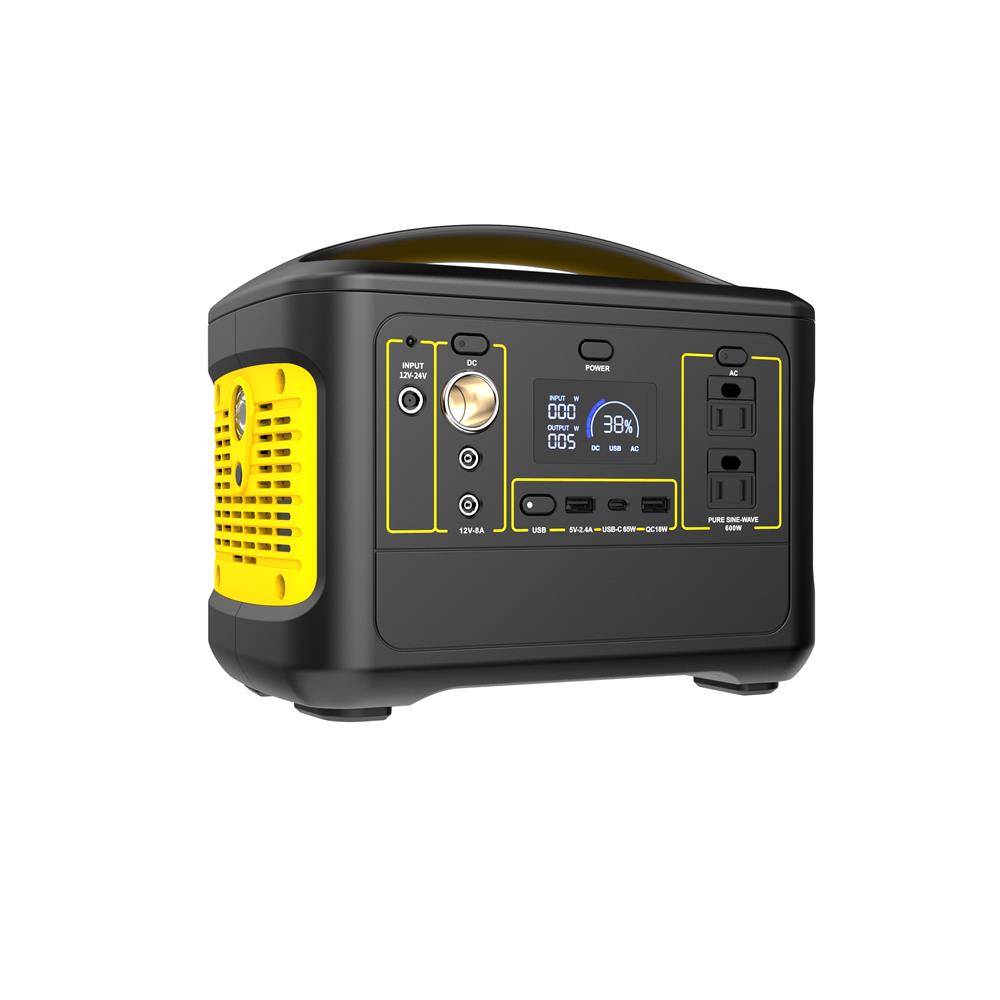
Key Factors to Consider When Choosing a Power Bank for Camping
Choosing the right power bank for camping is essential to ensure your devices stay charged. Consider these key factors when making your decision.
Capacity and battery life
Battery capacity, measured in milliamp-hours (mAh), determines how many devices you can charge. For camping, opt for a power bank with at least 10,000 mAh capacity. This ensures multiple charges for your smartphone and other devices. Larger capacities, such as 20,000 mAh or more, are ideal for longer trips or charging multiple devices. Prioritize models with reliable and long-lasting batteries to avoid running out of power unexpectedly.
Portability and weight
A camping power bank should be lightweight and easy to carry. Heavier models may add unnecessary burden to your backpack. Look for a compact design that fits comfortably in your gear. Choose a balance between portability and functionality, ensuring the power bank is not too bulky or inconvenient to use.
Number and type of output ports
Multiple output ports allow you to charge several devices simultaneously. This is helpful for campers who carry smartphones, GPS devices, and cameras. Check the port types, such as USB-C or USB-A, to match your charging cables. Some power banks also offer fast-charging or higher wattage outputs, which can speed up charging for compatible devices.
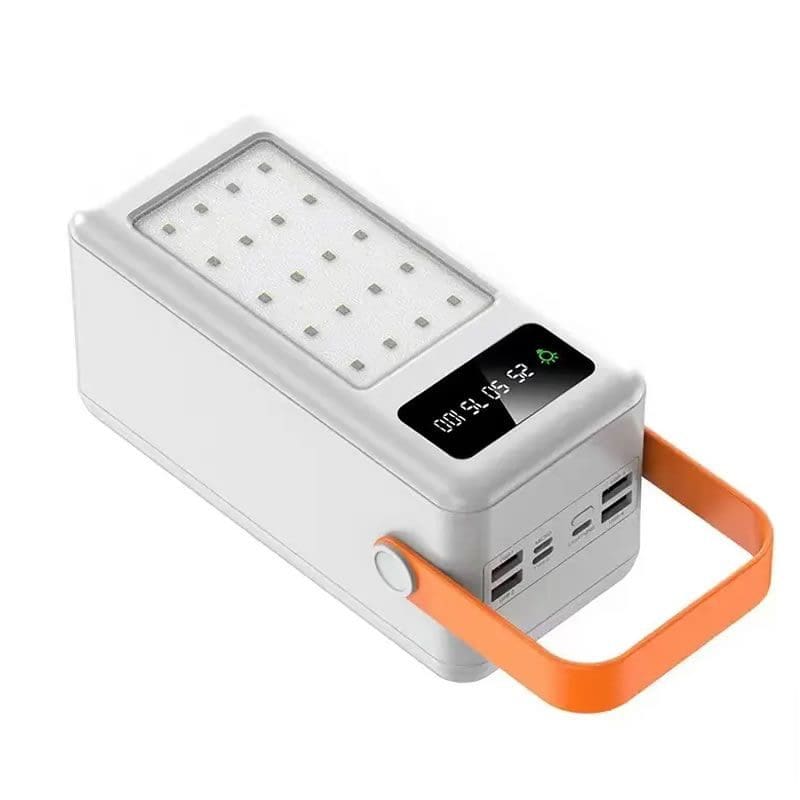
Types of Power Banks Suitable for Camping
Choosing the right type of power bank is essential for camping. Different models cater to different needs. Here’s a look at two popular types.
Solar-powered power banks
Solar-powered power banks are ideal for eco-conscious campers. They harness energy from sunlight to recharge. This feature ensures power availability even in remote areas. Many models come with high-capacity batteries for better performance. They’re especially useful for extended trips without access to electricity. Look for durable and waterproof designs for outdoor use. Always ensure they receive ample sunlight during the day.
Quick-charge and high-capacity models
Quick-charge and high-capacity power banks suit tech-heavy campers. These models recharge devices faster and can handle multiple devices. High-capacity power banks, with 20,000 mAh or more, are perfect for longer journeys. Quick-charge technology reduces waiting time for device charging. These models often include multiple output ports for convenience. They are best for campers who need efficiency and large power reserves. Ensure they’re lightweight for better portability.
Features to Look for in a Camping Power Bank
When choosing a power bank for camping, look for features that enhance reliability and convenience. Certain features make a power bank better suited for outdoor environments and unpredictable conditions.
Water resistance and rugged design
A camping power bank should have water resistance to handle unexpected rain or moisture. Look for rugged designs that can withstand drops, impacts, and rough use. Durable materials and reinforced casing protect the power bank from damage. Waterproof models ensure smooth operation in wet outdoor environments, making them essential for camping trips.
Built-in flashlight and other useful tools
Some power banks come with built-in flashlights, which are handy during nighttime camping. Flashlights can illuminate tents or trails without needing separate devices. Other useful tools include SOS signals, compass features, or LED indicators. These added functionalities reduce the need to carry extra gadgets, saving space and weight.
Energy-efficient charging options
Energy-efficient power banks prolong battery life and optimize charging. Models with smart technology prevent overcharging or energy waste. Some have auto-shutoff features that stop charging when a device reaches full battery. Choose power banks that support efficient output and input, especially for longer trips. Energy efficiency helps conserve power and ensures reliable device charging in remote areas.
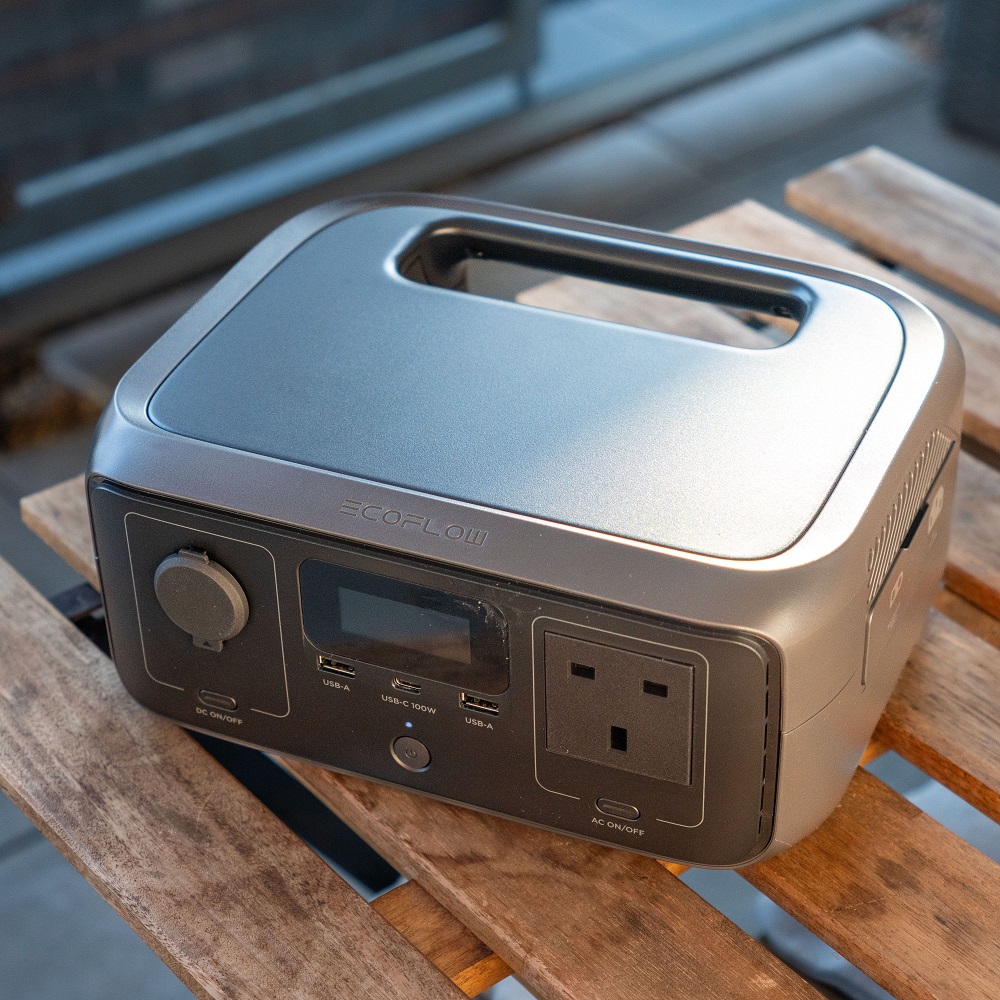
Best Power Bank Brands and Models for Camping
Camping requires reliable power banks to keep your devices charged. Let’s explore the best brands and models.
Comparison of top brands
When choosing a power bank for camping, consider well-known brands for reliability. Anker is a popular choice for durable and high-performance power banks. Its models offer fast charging and user-friendly designs. Goal Zero specializes in solar-powered power banks, ideal for eco-friendly campers. RAVPower provides high-capacity options for longer trips, meeting diverse charging needs. Jackery is another favorite, offering rugged designs and reliable performance for the outdoors. Select a trusted brand to ensure quality and durability.
Recommended models for different needs
For lightweight portability, consider Anker PowerCore 10000, compact and efficient for short trips. Goal Zero Venture 30 is perfect for eco-conscious campers, combining solar power and rugged features. RAVPower 26800 mAh suits tech-savvy campers, offering large capacity for multiple devices. The Jackery Explorer series is ideal for extended trips, with high-capacity power stations for advanced needs. Make sure to pick a model matching your camping style and charging requirements.
Tips for Maintaining and Using Power Banks Outdoors
Proper care of your power bank ensures it works efficiently throughout your camping trip. Follow these practical tips to maintain and use power banks outdoors effectively.
Proper charging and storage
- Fully charge your power bank before leaving for camping. This ensures ample backup power.
- Avoid overcharging your power bank, as it can reduce battery life over time.
- Use appropriate cables and chargers designed for your power bank model.
- Store your power bank in a dry, cool place away from direct sunlight.
- Keep it inside a protective case to prevent damage from impacts.
Protecting your power bank from extreme weather
- Shield your power bank from rain or snow to prevent water damage.
- Avoid exposing it to extreme heat, as it may overheat and malfunction.
- In cold weather, store it in insulated gear to maintain battery efficiency.
- Use water-resistant models for better durability in harsh conditions.
- Regularly check for wear and tear, especially after weather exposure.
Power Bank Safety Considerations While Camping
When camping, safety is crucial when using a power bank. Knowing how to safely operate and maintain your power bank prevents accidents and prolongs its usage. Here’s what you need to consider.
Avoiding hazards during use
- Do not overcharge devices: Overcharging can lead to overheating and may damage both the power bank and your device.
- Keep power banks cool: Avoid exposing them to direct sunlight or high temperatures to prevent fire risks.
- Use certified cables: Always connect your devices with certified, high-quality cables to avoid short circuits.
- Do not charge in wet conditions: Water and electricity are a dangerous combination, so keep your power bank dry.
- Avoid using damaged power banks: If the casing or ports show signs of wear, discontinue use immediately.
Recognizing signs of a damaged power bank
- Unusual overheating: If it gets extremely hot, stop using it instantly.
- Swollen battery: A swollen or bloated power bank indicates internal damage. Properly dispose of it.
- Burning smell or unusual noises: This signals a serious issue. Stop using and safely dispose of the power bank.
- Irregular charging performance: If it fails to charge or takes too long, check for damage.
- Visible cracks or breakage: Physical damage can compromise safety and should be addressed immediately.
Always prioritize safety when using a power bank for camping. Proper handling and attention to damage signs can prevent accidents and ensure reliable performance throughout your trip.
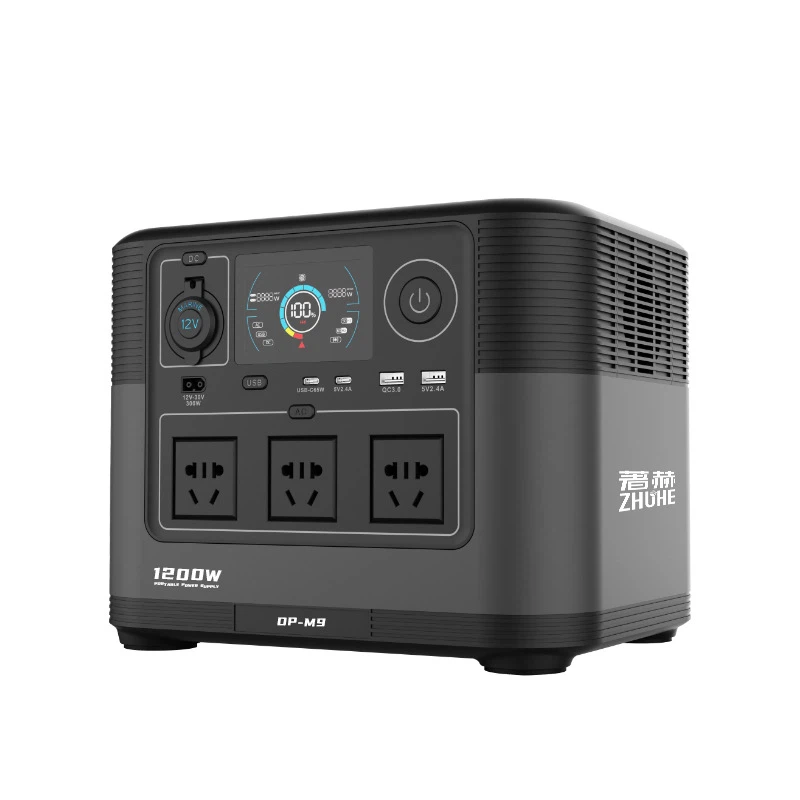
Budget-Friendly Options and Where to Buy Power Banks for Camping
When camping, finding budget-friendly power banks is important. Many affordable options offer reliability and functionality. Here’s how to choose wisely and where to shop.
Affordable yet reliable options
Affordable power banks can meet your camping needs without compromising quality. Look for models under well-known brands like Anker or RAVPower. Anker’s PowerCore 10000 provides efficiency at a low cost, ideal for short trips. RAVPower’s budget-friendly models offer higher capacities under $50, perfect for longer journeys.
Consider solar-powered options for extended trips. Solar power banks such as Blavor’s portable models offer eco-friendly charging at reasonable prices. Lightweight and compact designs also keep costs low. Aim for features like multiple ports and decent mAh capacity.
Avoid no-brand or overly cheap options. These may compromise safety and performance. Reviews and product ratings can guide you toward reliable, low-cost choices.
Best online and in-store buying tips
For the best deals, shop online or in-store carefully. Online platforms like Amazon often feature discounts on trusted brands. Check customer reviews and product ratings to ensure authenticity. Look for seasonal sales for even better prices.
Retailers like Walmart or Best Buy also stock budget-friendly power banks. In-store shopping allows you to check durability and weight firsthand. Ask for recommendations if you’re unsure which model suits your camping style.
For solar power banks, outdoor gear stores like REI offer tailored options. Compare prices online and in physical locations to maximize savings. Always ensure warranties or return policies for added security.
Choose wisely to find a reliable power bank for camping without breaking the bank.
Benefits of Camping with a Power Bank
Convenience in Nature
Using a power bank while camping introduces unmatched convenience. You can stay connected to loved ones, use your devices for navigation, and capture beautiful memories without worrying about battery drain. The ability to charge your devices on-the-go means you can fully immerse yourself in nature without feeling disconnected. This convenience is especially appreciated when camping in remote areas.
Enhanced Safety
Having a charged phone is crucial for safety while camping. In case of emergencies, being able to make a call or access navigation tools can prove invaluable. The availability of a power bank ensures that your devices remain operational when they matter most. Enhancing safety features is an important aspect of transitioning into the camping experience, ensuring that you can enjoy the outdoors worry-free.
Reducing Environmental Impact
Finally, using a power bank can also contribute to reducing your environmental impact. Many modern power banks are designed for efficiency, allowing you to charge your devices without contributing to energy waste. By staying connected in an eco-friendly manner, you can enjoy your camping experience while remaining mindful of your surroundings. The ability to manage your electronics responsibly aligns with the growing trend of sustainable outdoor practices.
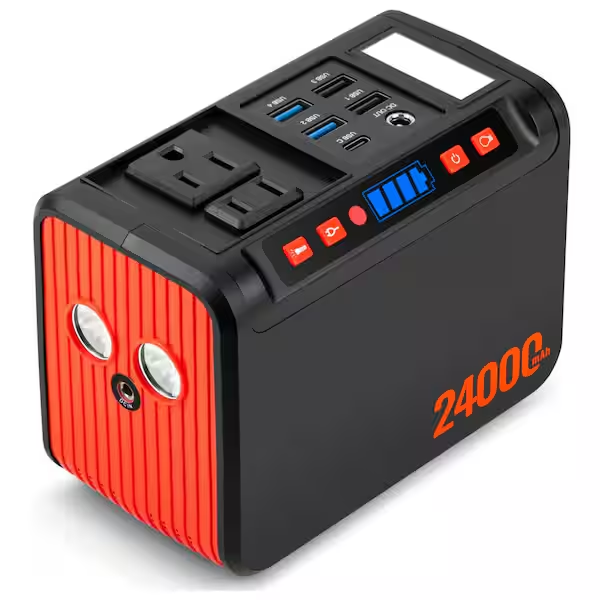
Conclusion
Camping with a power bank opens up a world of convenience and safety for outdoor adventurers. The ability to stay connected, navigate effectively, and capture memories enhances the overall camping experience. By carefully selecting the right power bank based on capacity, portability, and durability, you can ensure that your devices remain charged throughout your trip.
Preparation is key to maximizing the benefits of your power bank. By planning your charging routine, packing essentials, and utilizing multiple power sources, you can maintain comfort in the great outdoors. Additionally, understanding the importance of maintaining battery life and monitoring your devices will provide added peace of mind.
Ultimately, the right power bank for camping makes camping in the wilderness more enjoyable. It empowers you to embrace outdoor activities without sacrificing connectivity or safety. As you embark on your next camping adventure, remember to invest in quality equipment, plan strategically, and enjoy the great outdoors with the assurance that you can stay powered up throughout your journey!
